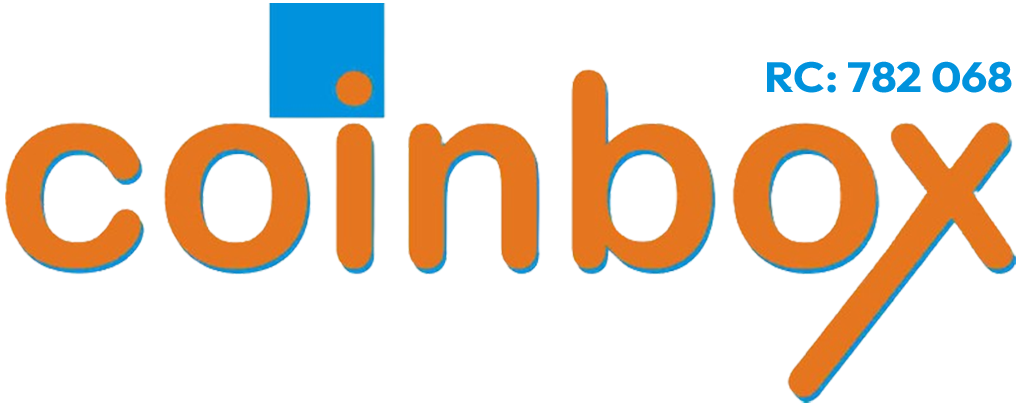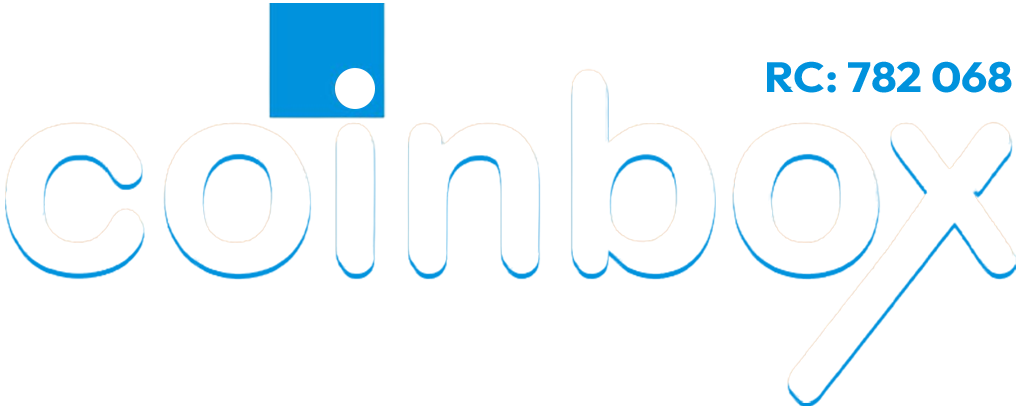In the dynamic world of business, two seemingly opposing forces often shape the path to success: competition and collaboration. While competition drives innovation and pushes companies to excel, collaboration fosters growth, shared knowledge, and mutual benefit. Understanding how to navigate these forces can be the key to unlocking new opportunities and achieving sustainable success.
The Drive of Competition

Competition is a fundamental aspect of business. It encourages companies to innovate, improve their offerings, and strive for excellence. In a competitive market, businesses are pushed to:
– Innovate and Differentiate: Develop unique products, services, or experiences that set them apart from others.
– Enhance Quality and Efficiency: Continuously improve processes and offers to meet and exceed customer expectations.
– Respond to Market Changes: Adapt quickly to changing market conditions, customer needs, and technological advancements.
However, intense competition can sometimes lead to a focus on individual success at the expense of broader industry growth or societal benefit.
The Power of Collaboration
Collaboration, on the other hand, involves working together towards common goals, sharing resources, and leveraging each other’s strengths. Collaborative efforts can:
– Foster Innovation: Bring together diverse perspectives and expertise to create new solutions and opportunities.
– Enhance Industry Standards: Establish the best practices and standards that benefit the entire industry.
– Build Stronger Networks: Create robust networks and partnerships that can lead to new business opportunities and shared success.
Collaboration can be particularly powerful in addressing complex challenges that require collective action, such as sustainability initiatives or industry-wide problem-solving.
Finding the Balance

The most successful businesses often find a balance between competition and collaboration. This balance allows them to:
– Compete in Areas of Strength: Focus on areas where they have a competitive edge while collaborating in areas of mutual benefit.
– Build Strategic Partnerships: Form alliances that enhance their offerings and reach new markets.
– Share Knowledge and Best Practices: Engage in industry-wide initiatives that drive collective growth and innovation.
Real-World Examples
Many companies have successfully balanced competition and collaboration. For instance:
– Tech Giants and Open-Source Projects: Companies like Google and Microsoft participate in open-source projects, contributing to collective innovation while still competing in their core business areas.
– Industry Alliances: Businesses in the same industry often collaborate on initiatives like sustainability or regulatory compliance, while competing on product and service offerings.
Examples of Collaboration in Nigeria
– Flutterwave‘s Partnerships: Flutterwave, a fintech startup, partnered with major players like Visa and Alipay to expand its reach and functionality in Africa’s payments landscape.
– Farmcrowdy’s Agricultural Platform: Farmcrowdy connects small-scale farmers with investors and service providers, democratizing agricultural funding and increasing productivity.
– Nigeria Inter-bank Settlement System (NIBSS): NIBSS is a collaborative effort among banks to facilitate electronic transactions, promoting efficiency and security in the financial sector.
Navigating Competition

– Identify Strengths: Businesses should focus on their strengths while collaborating in areas of mutual benefit.
– Strategic Alliances: Forming alliances with larger, established firms can provide credibility and access to new markets.
– Innovate and Differentiate: Companies should continuously innovate and differentiate themselves to stay competitive.
Key Takeaways
– Balance Competition and Collaboration: Businesses should strike a balance between competing and collaborating to achieve sustainable growth.
– Leverage Partnerships: Strategic partnerships can drive innovation, increase market reach, and provide a competitive edge.
– Stay Adaptable: Companies should remain agile and responsive to changing market conditions and customer needs.
Drawing the line

Drawing the line between competition and collaboration depends on several factors, including:
- Strategic Objectives
– Align Collaboration with Goals: Ensure collaborative efforts align with the company’s strategic objectives and don’t compromise its competitive advantage.
– Protect Core Competencies: Safeguard core competencies, intellectual property, and sensitive information.
- Trust and Transparency
– Establish Clear Boundaries: Define clear boundaries and expectations in collaborative agreements.
– Foster Trust: Build trust through open communication, mutual respect, and fair dealings.
- Competitive Advantage
– Don’t Compromise Competitive Edge: Avoid collaborations that might compromise the company’s competitive advantage or market position.
– Monitor Market Dynamics: Continuously assess market dynamics and adjust collaborative strategies accordingly.
- Regulatory Compliance
– Antitrust Laws: Ensure collaborations comply with antitrust laws and regulations.
– Industry Standards: Adhere to industry standards and best practices.
- Relationship Management
– Manage Partnerships Effectively: Establish effective partnership management processes.
– Monitor Performance: Regularly monitor partnership performance and adjust strategies as needed.
Red Flags to Watch Out For

– Conflicts of Interest: Potential conflicts of interest or competing agendas.
– Intellectual Property Risks: Risks to intellectual property or sensitive information.
– Reputation Damage: Potential damage to reputation or brand image.
Best Practices
– Clearly Define Roles and Responsibilities: Establish clear roles and responsibilities in collaborative agreements.
– Establish Communication Channels: Set up effective communication channels.
– Regularly Review and Adjust: Regularly review and adjust collaborative strategies.
By being aware of these factors and taking proactive steps, companies can navigate the complex landscape of competition and collaboration effectively.
Conclusion
In today’s interconnected world, understanding the dynamics of competition and collaboration is crucial for business success. By embracing both forces, companies can drive innovation, build strong networks, and achieve sustainable growth. The key is to find the right balance that aligns with your business goals and values.
Reflect and Engage

– How do you see competition and collaboration playing out in your industry?
– What strategies have you found effective in balancing these forces?
– Share your thoughts and experiences in the comments below!
Let’s continue the conversation and explore how we can harness the power of both competition and collaboration to drive success in our respective fields.
Coinbox Limited is available to offer advisory and support for your business partnerships and collaboration. We are also interested in the many ways we can collaborate or partner with you. Talk to us today on +2349093929847 or email ayo@coinboxlimited.com.ng.





